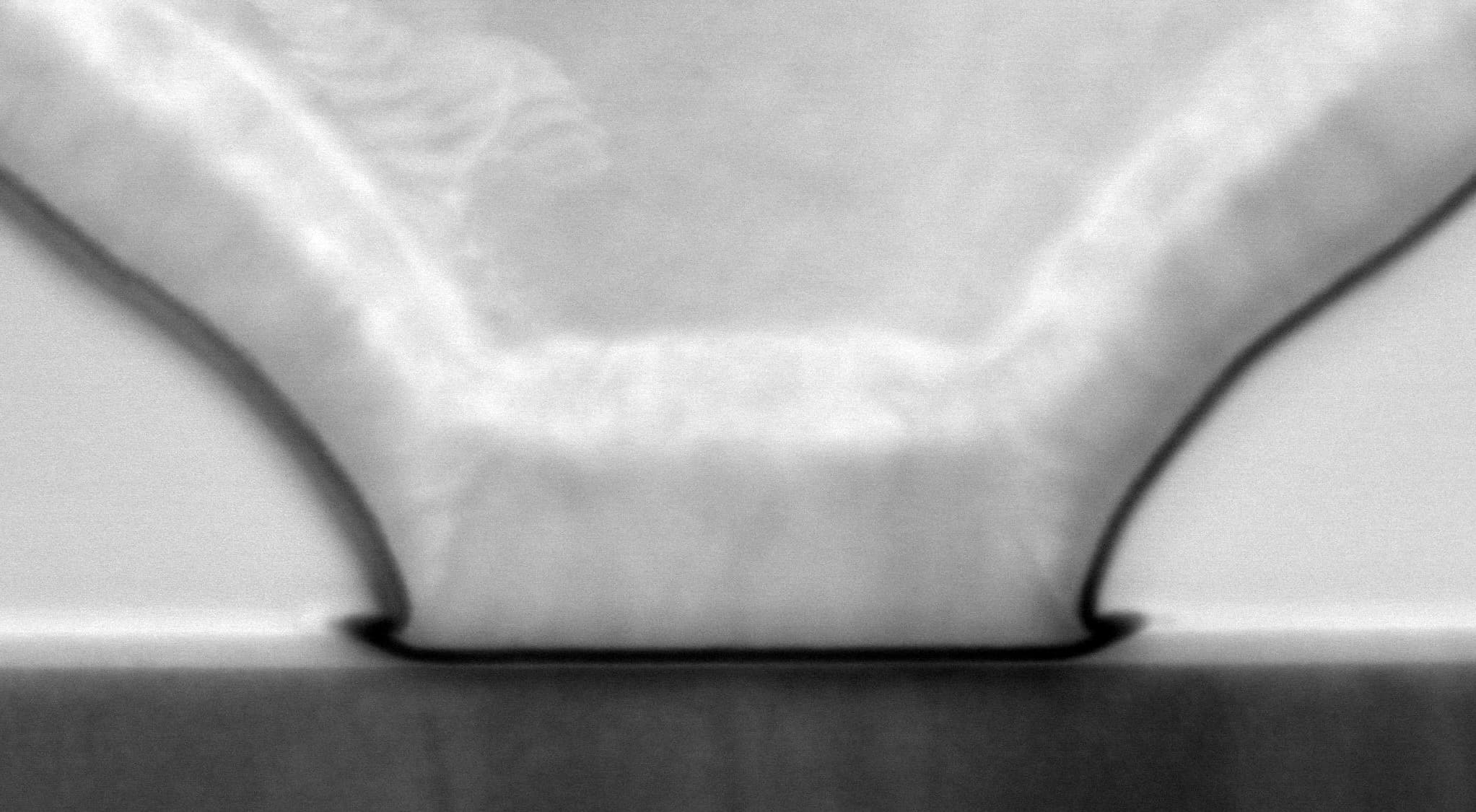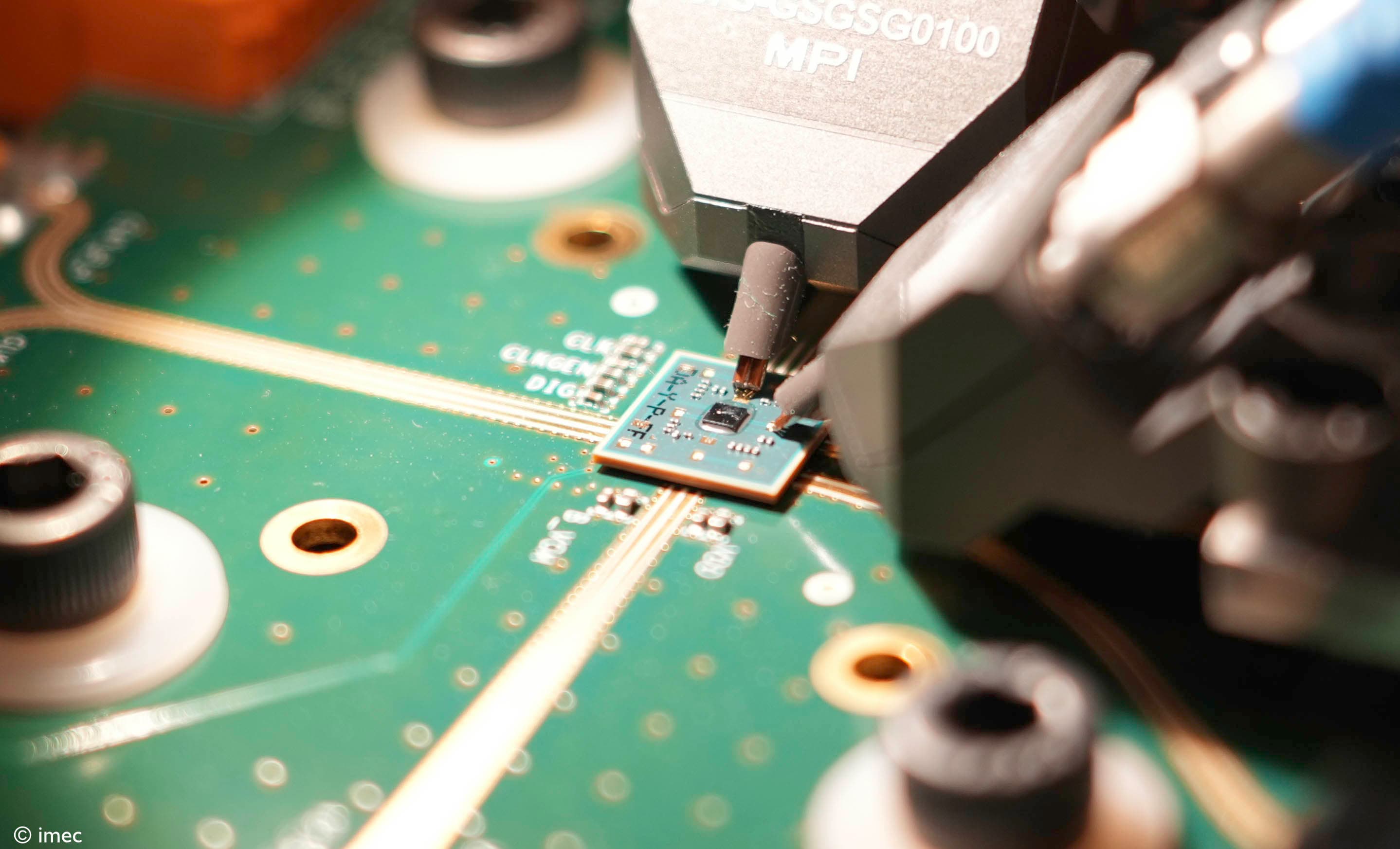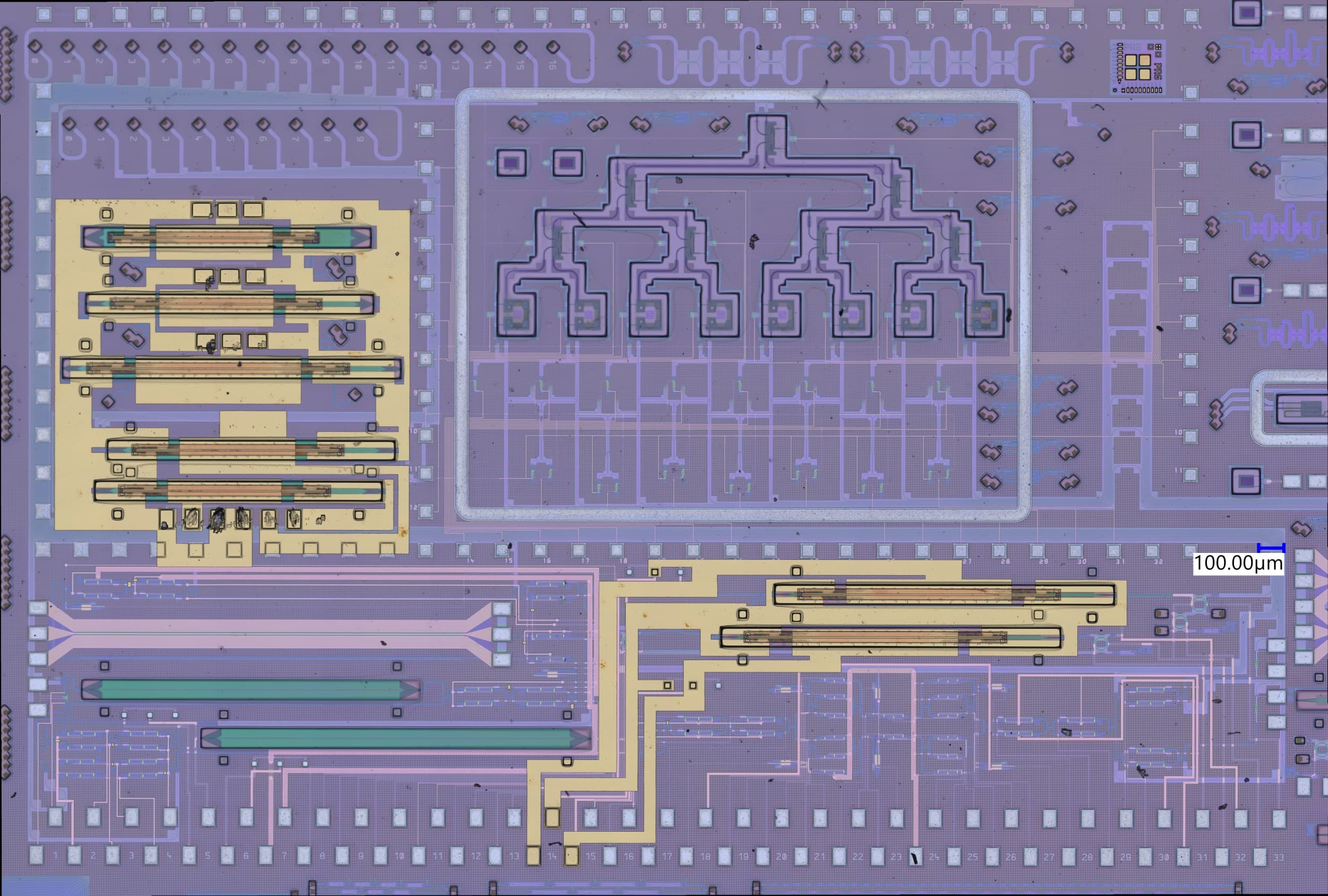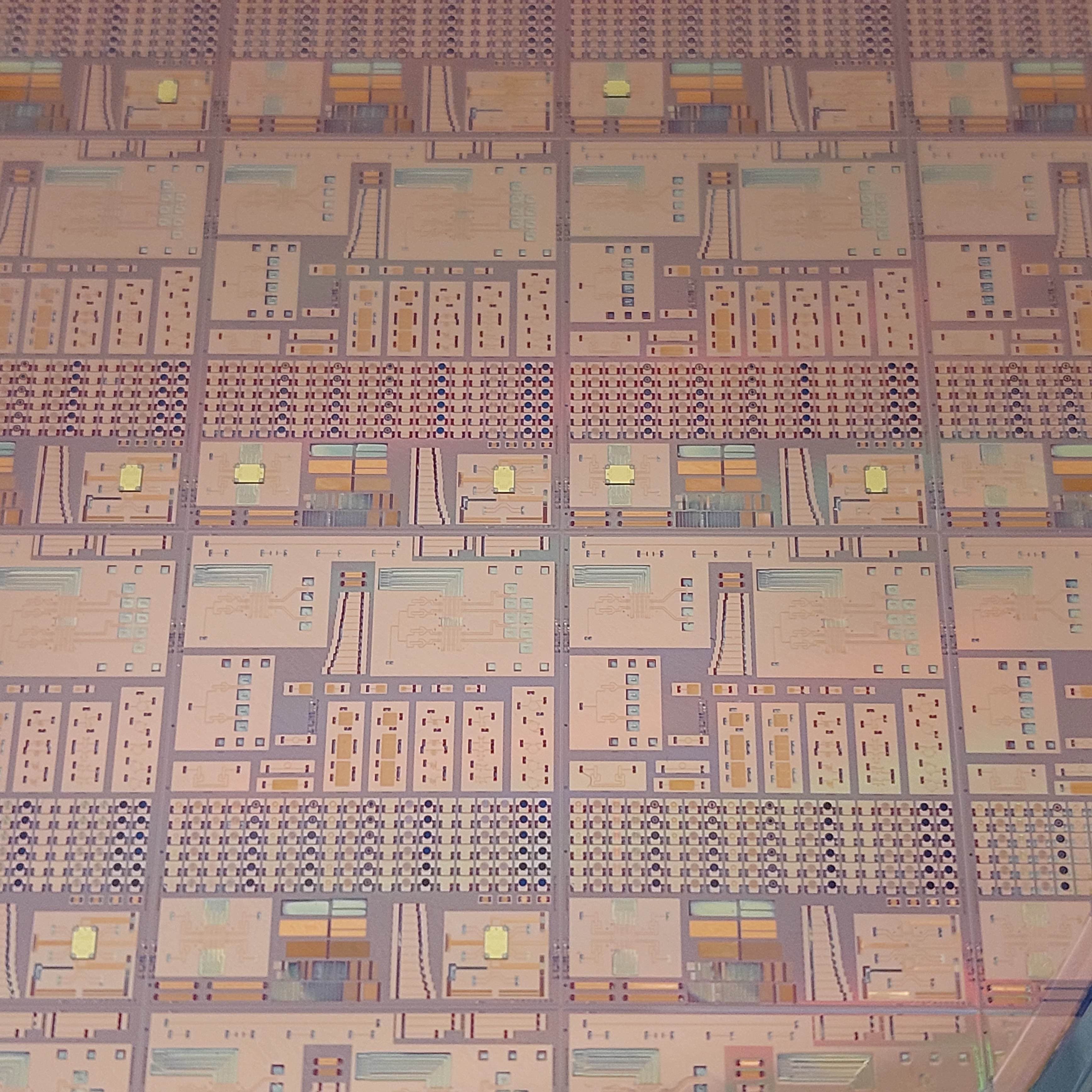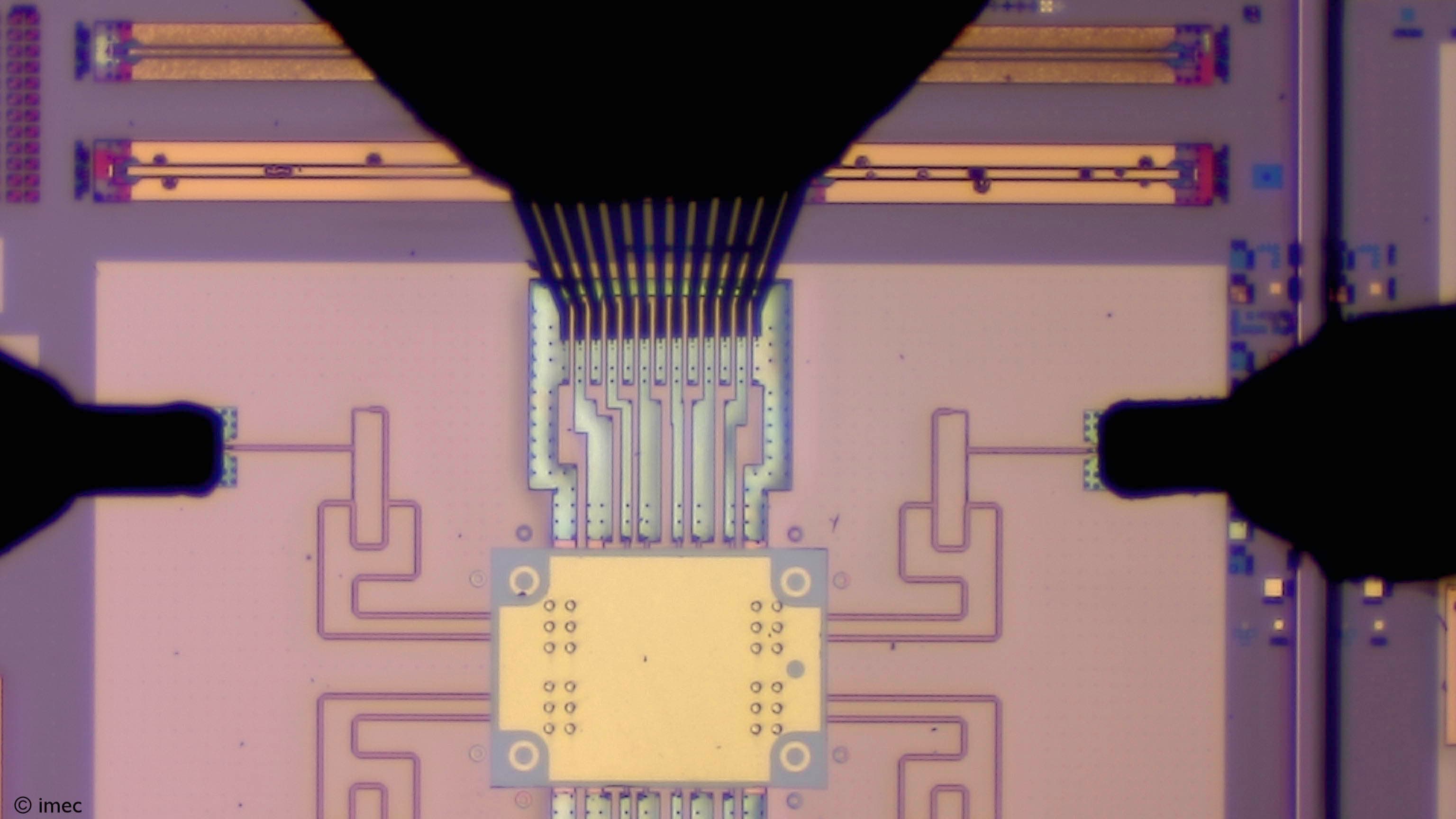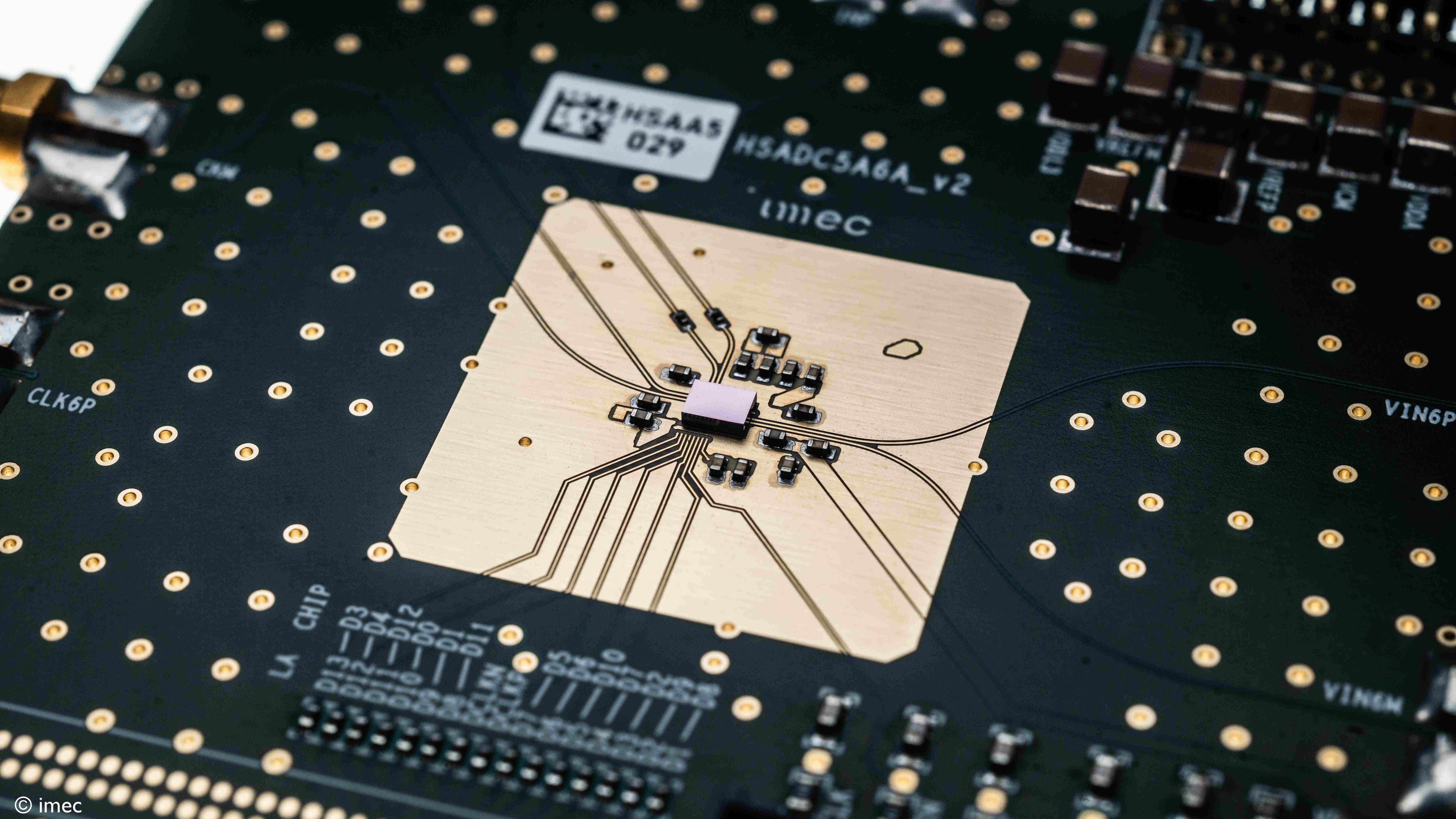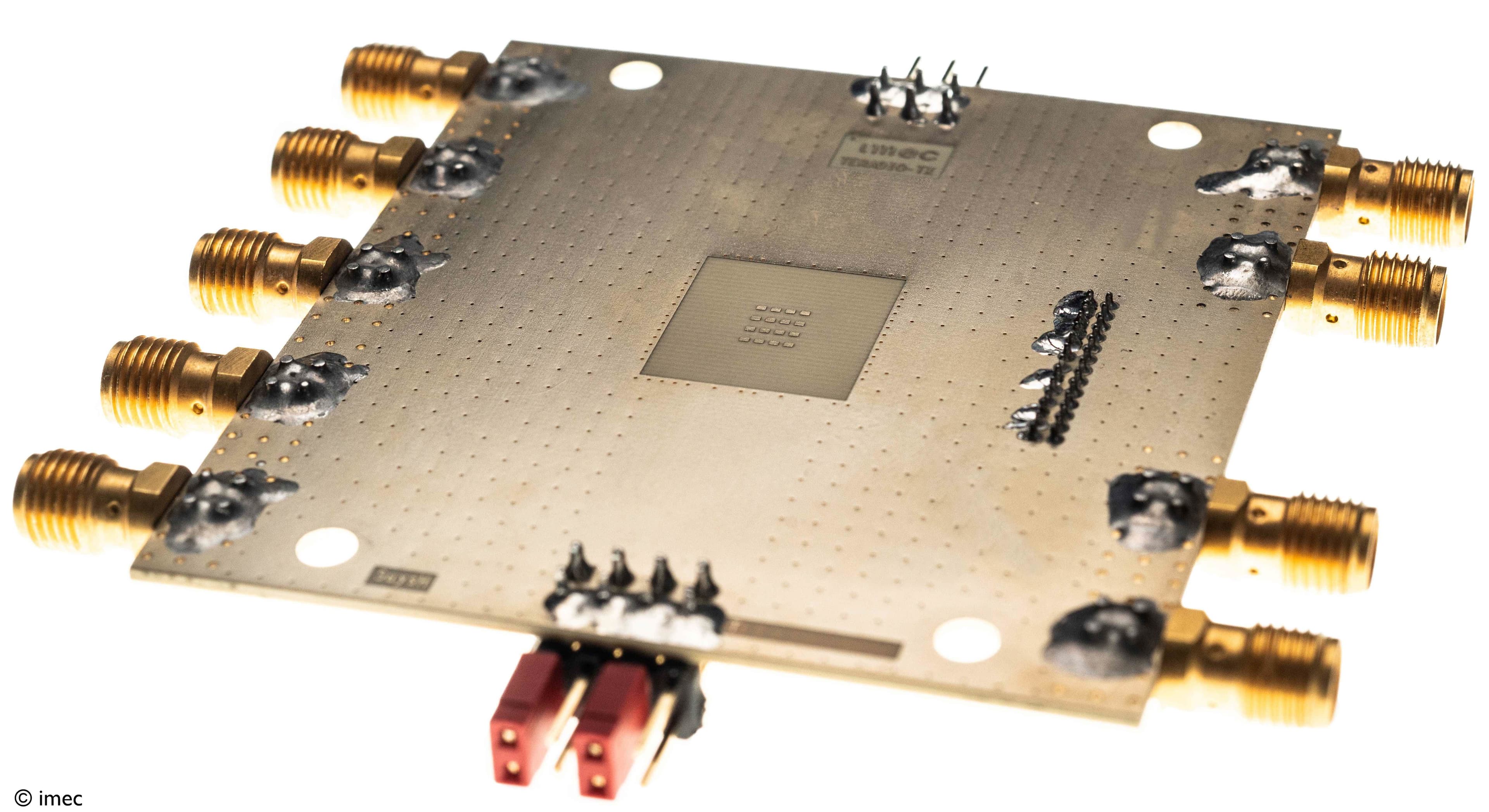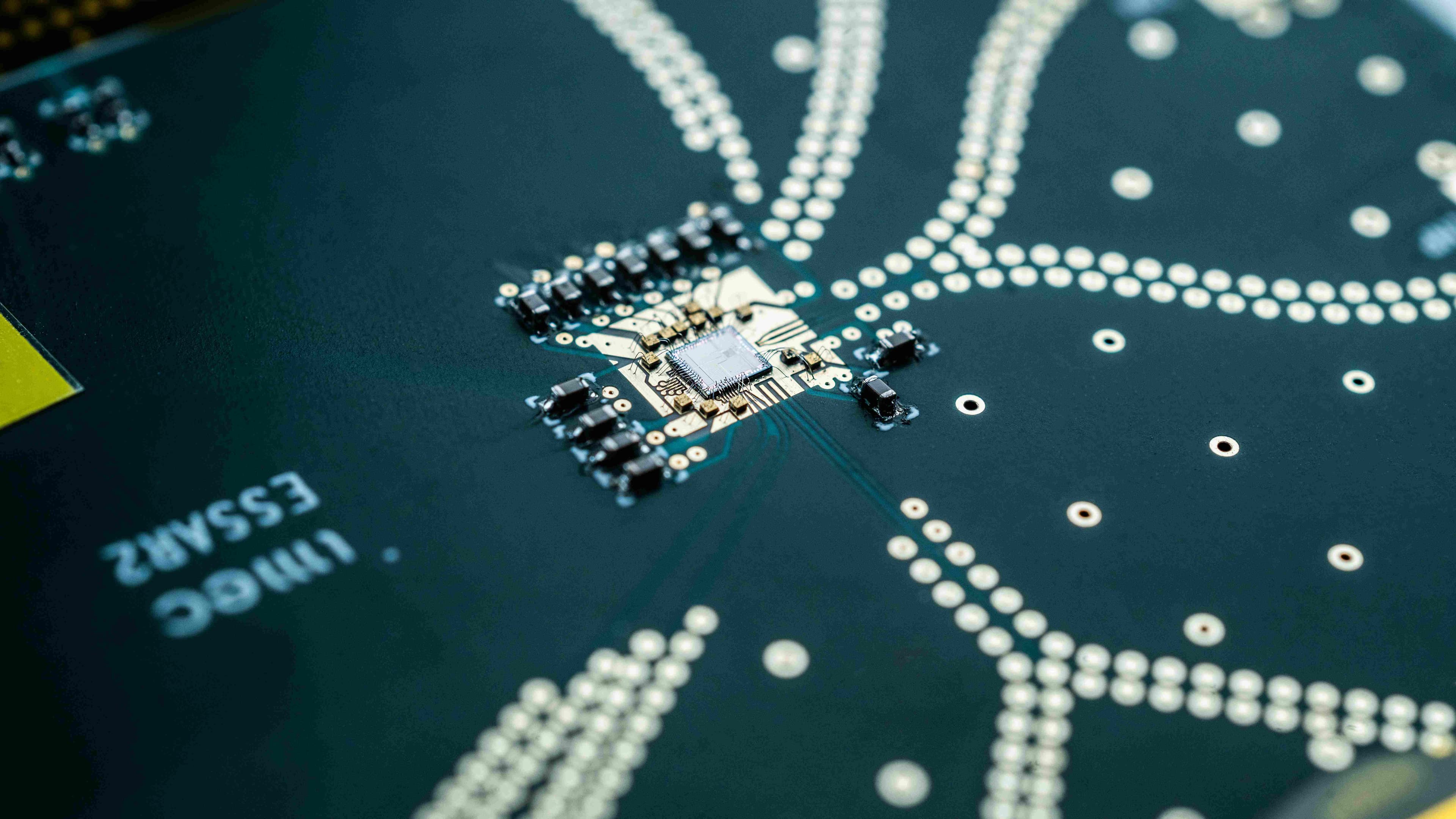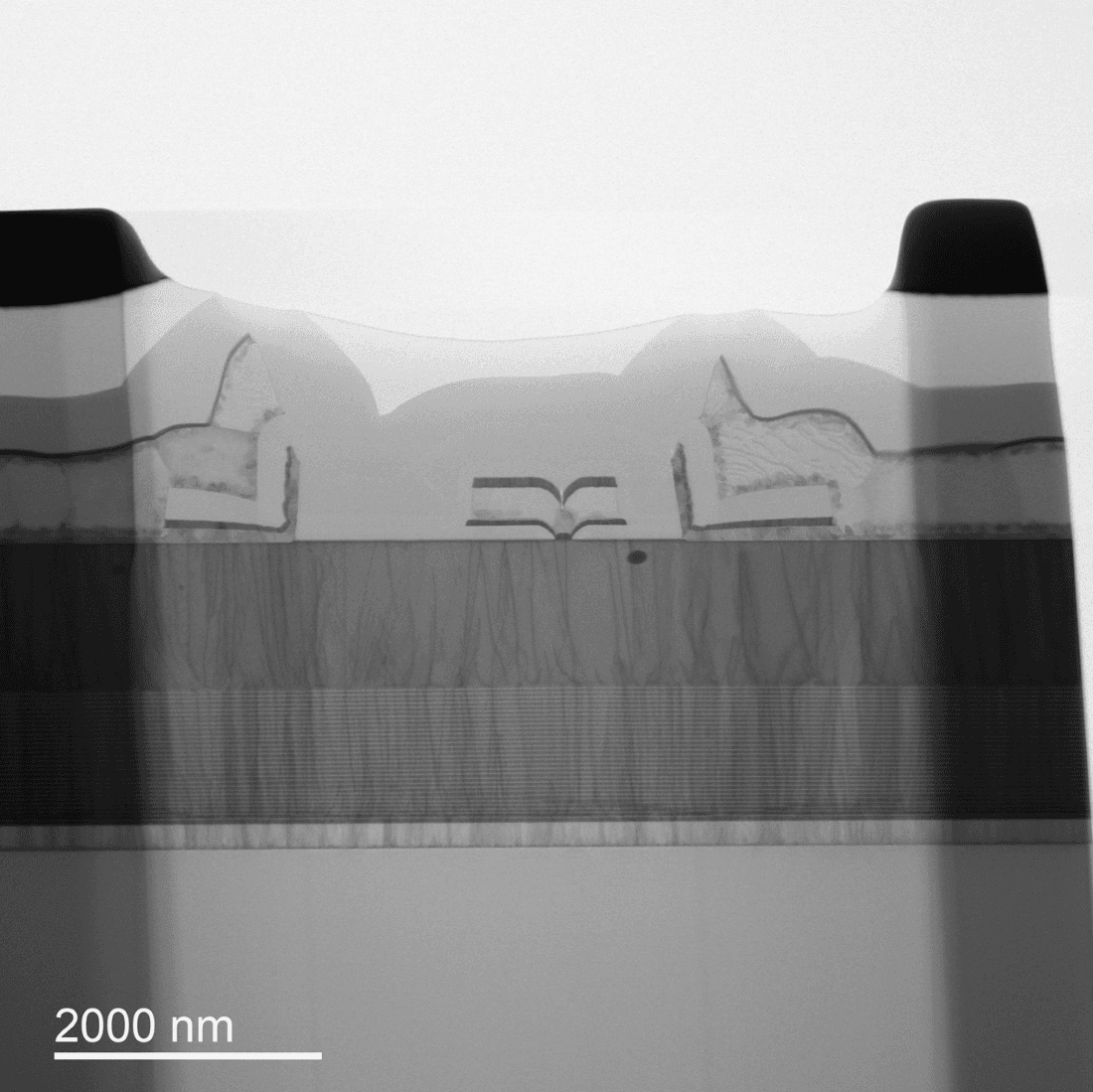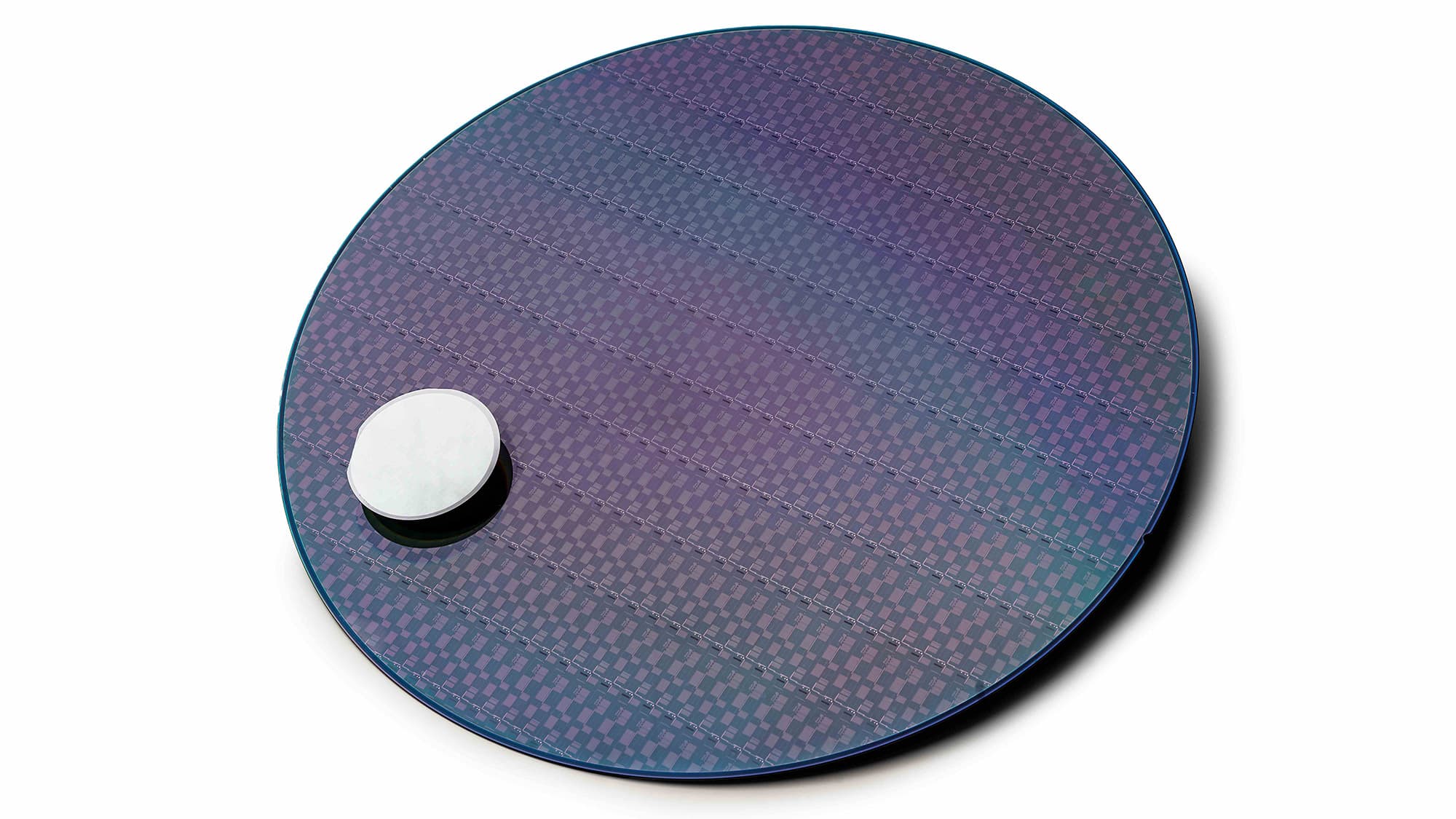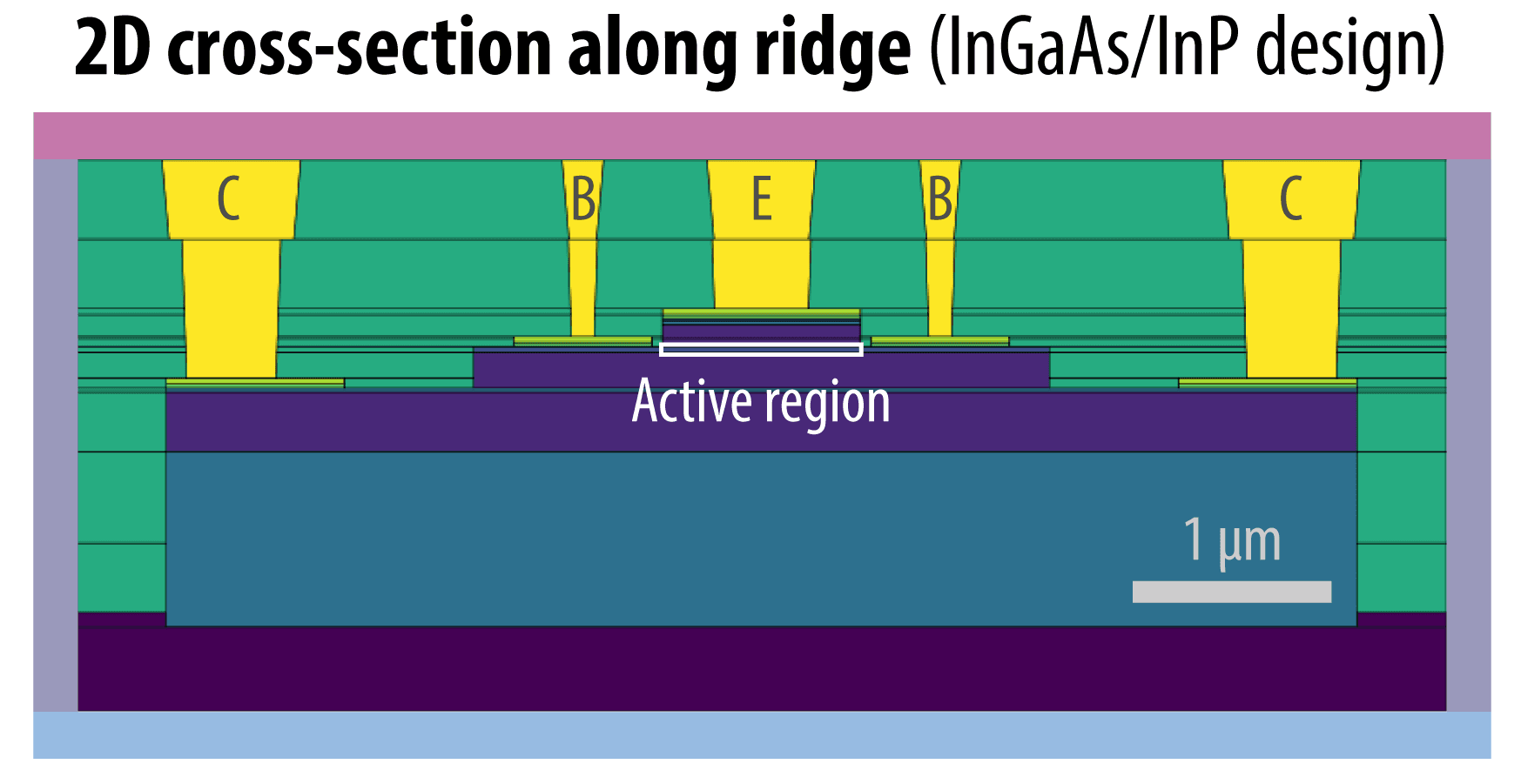When it comes to cellular communication, it can seem like the succession of technology generations (1G, 2G, 3G, ...) is a natural process – uncontrolled and unstoppable. Right now, consumers and businesses have barely started exploring the possibilities of 5G. But already scientists – and, increasingly, technology companies – are working on what lies beyond. By the end of this decade, we will probably make the transition from the most advanced implementations of 5G to the first versions of 6G.
The technological details of 6G technology are still under discussion. But its main selling points are clear: it will allow much higher data rates (think of 100 gigabits/second) and ultra-low latency (in the order of microseconds). 6G will contain all the frequency bands from 5G and its predecessors. But its main advances will be achieved by a move to transmission frequencies above 100 GHz and up to 300 GHz.
What is less clear, is what we will use those unimaginable performance increases for. Of course, history teaches us that when technology creates opportunities, the market soon finds ways to put them to good, or at least profitable, use. But recent events such as the arson of 5G base masts also show that society can kindle a grudge against new technologies. Especially if technological developments seem to follow their own logic, disconnected from what people – not only in their capacity of consumers – need.
Therefore, if we want 6G to become a success, we need to take our eyes off the technical drawing board from time to time, and look towards the wants of society. Even better, we should not be afraid to let those insights inform our engineering decisions.
That’s especially true for the elephant in the room when it comes to 6G: its potentially massive use of energy. And that in a world that needs to drastically reduce its carbon emissions. A big part of the answer to that challenge will need to come from the energy efficiency of the core technologies that make up 6G. And the time to shape those, is now.
So, let’s start imagining ...
6G will add new dimensions to communication
The announcements of 4G and 5G typically contained some impressively low number of seconds that it would now take for you to download a music album or Netflix episode. With 6G, that marketing pitch will no longer do the trick. Not because music or TV will go out of fashion, but because improvements in download or streaming speeds become marginal and therefore irrelevant. The same goes for quality enhancements: once we reach a resolution of 4K, any extra image information would be of no use to our screens – let alone to our human eyes.
Instead, audiovisual electronic communication will incorporate an extra dimension. Remote holography will be one of the most striking applications enabled by the increased data rates of 6G. And the next step will soon follow: telepresence . This will allow you to not only see and hear your remote conversation partners as if they were in the same room with you, and without cumbersome aids such as VR glasses. It will also allow you to touch them, hand them a virtual object, and so on.
The compact, on-chip technology behind this haptic feedback that is required for full telepresence is already being developed. But it will also need two-way touch in perfect synchrony with sound and three-dimensional images. And this will necessitate data rates and latency levels of the orders that only 6G will be able to deliver.
The real societal benefits of 6G
Applications such as telepresence ensure that at least the entertainment industry will quickly see the added value of 6G. It’s also easy to imagine how it could benefit remote working. But will fancier video games and business meetings be enough to warm public opinion to the massive investments that are needed to realize the next generation of wireless communication?
When we talk about 6G, the big story is not that it will make our lives more entertaining, but that it has the potential to improve and even save the lives of millions. Take remote diagnostics and remote surgery – applications that rely on roughly the same technologies as telepresence. Imagine that doctors could directly call on the hands-on help of more specialized colleagues when assessing or treating a patient. That would be a great stride forward for healthcare, especially in rural areas. And what wouldn’t we have given for access to such a level of remote care during the pandemic?
“When we talk about 6G, the big story is not that it will make our lives more entertaining, but that it has the potential to improve and even save the lives of millions.”
Speaking of things that we could have used during the pandemic: how about truly immersive virtual classrooms? Or virtual travels and theater shows? One of the most important lessons of COVID-19 is that a strong communication infrastructure can hold us together when we’re forced to keep a physical distance. From that perspective, the development of 6G is an investment in the resilience of our society.
When it comes to road safety, a lot of us are putting our faith in the self-driving car that has been ‘right around the corner’ for a while now. In the meantime, advanced driver-assistance systems (ADAS) are getting better and better at helping us to avoid dangerous situations. There’s a big role for augmented reality there, for instance through the projection of crucial information on our windscreens. What, for example, if we could be alerted of oncoming traffic from an invisible side street? Again, this kind of application is only feasible with the record speed and latency that 6G will be able to deliver.
Beyond the limits of human bandwidth
Impressive as these uses cases may be, they’re all ‘old school’ in the sense that there’s always at least one human involved in the communication. That limits the bandwidth to what we humans can process through our senses. Machines, however, are not bound by such limits.
When we think about the future of connectivity, one of the most important developments will be a shift towards non-human entities communicating with each other. Think way beyond the state-of-the-art IoT sensors: we’re talking about intelligent actors that surround us and enhance our lives. They collect data through video, lidar, radar, ... in amounts that are orders of magnitude higher than what mere humans can process. They communicate that data, learn from it and – most importantly – learn from each other. Imagine the possibilities for industrial and agricultural automation, fine-grained and continuous monitoring of water and air quality, ...
In short, the only limit on the life-enhancing applications of 6G seems to be the one on our imagination. But before we let our inspiration run wild, there’s a physical constraint that we need to address ...
“The only limit on the life-enhancing applications of 6G seems to be the one on our imagination.”
The potentially steep price of 6G: exploding energy use
As mentioned before, 6G necessitates a move to very high frequencies. This inevitably implies that the devices operate on much higher power levels. Combine that with an explosion of the number of those devices and it’s clear that 6G asks a very steep price for all the benefits it brings to society. If we’re not careful, the net sustainability balance will turn out negative. Even more likely, the new generation of connectivity technologies will not be accepted by an increasingly energy-conscious public.
The good news is that the power output of the transmitters is not the only factor that determines the energy use. 6G devices should not be ‘always on’. Through smart design of hardware and software, we can minimize the time frames that the electronics use energy. And also maximize the amount of data that is transmitted when they do.
Even so, the energy-efficiency of the core hardware should be a major concern.
6G research from a technology and system perspective
All these views on the future of ubiquitous connectivity inform the work that we do at imec. We look into high-performance optical communication technologies to strengthen the connections to and from the wireless transmitters and receivers. Our advanced CMOS (and beyond) program prepares for higher switching speeds. These will be needed for the digital signal processing (DSP) in user equipment, datacenters and the entire connectivity infrastructure. Our work on analog-digital and digital-analog converters (ADC/DAC) makes sure that they can keep up with growing performance demands. And so on.
In our Advanced RF program, we focus our attention on a crucial part of the infrastructure: the analog electronics between the digital hardware and the antennas. Here, the challenge is huge, because current devices can’t deal with the ultra-high frequencies that we envision for 6G. But the possible gains are also immense. Because this part of the transceiver uses a lot of energy, improving the power efficiency makes a considerable difference in the total energy consumption.
Our research approach is rooted in the idea of system-technology co-optimization (STCO). The challenges we identify on the system level guide our decisions on the semiconductor and packaging technology side. And vice versa.
Not surprisingly, energy conservation is high on our list of priorities. It’s one of the reasons why we’re looking at integration of compound semiconductors such as gallium nitride (GaN) and indium phosphide (InP). They can be used in components such as the power amplifier. With these materials, more wireless transmit power can be generated than with silicon, and with a higher efficiency. We’re looking into cost-effective ways to combine compound semiconductors with silicon. A global heterogeneous integration approach is needed, comprising the active electronics, both analog and digital, as well as components like antennas and heat sinks.
We’ll be keeping you informed on our vision on the future of connectivity and our scientific progress. Click here to sign up for regular updates. And if you would like to join our research program into 6G technologies, we’d love to hear from you. After all, shaping the future requires lots of collective expertise and ... imagination.

Piet Wambacq received his M.Sc. degree in electrical engineering and Ph.D. degree from Katholieke Universiteit Leuven, Belgium, in 1986 and 1996, respectively. In 1996, he joined imec, where he’s currently a fellow, working on analog/RF/mmWave IC design in various technologies for wireless applications. Since 2000, he has been a Professor at Vrije Universiteit Brussel (VUB), Belgium. He has authored or co-authored 6 books and more than 350 papers in edited books, international journals, and conferences. Dr. Wambacq was a co-recipient of the Best Paper Award at the Design, Automation, and Test (DATE) Conference in 2002 and 2005, and the EOS/ESD Symposium in 2004, the Jan Van Vessem Award for Outstanding European Paper at ISSCC 2015, and the Best Paper Award at the NEWCAS 2019 Conference. He was a member of the Program Committee of ISSCC from 2012 to 2020 with the role of RF Subcommittee Chair from 2016 to 2020. He has been the Vice Program Chair of ISSCC 2022 and he’s the Program Chair of ISSCC 2023. He was a member of the Program Committee of the DATE Conference from 2000 to 2007 and of the ESSCIRC conference from 2007 to 2021. He was an Associate Editor of the IEEE Transactions on Circuits and Systems I: Regular Papers from 2002 to 2004. He was a Distinguished Lecturer of the IEEE Solid-State Circuits Society of IEEE from 2016 to 2018.
Published on:
18 March 2022



